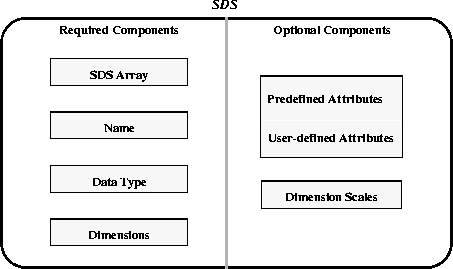FIGURE 3a - The Contents of a Scientific Data Set

3.2.1 Required SDS Components
Every SDS must contain the following components: an SDS array, a name, a data type, and the dimensions of the SDS, which are actually the dimensions of the SDS array.
A scientific data set consists of required and optional components, which will be discussed in the following subsections.
FIGURE 3a - The Contents of a Scientific Data Set

3.2.1 Required SDS Components
Every SDS must contain the following components: an SDS array, a name, a data type, and the dimensions of the SDS, which are actually the dimensions of the SDS array. SDS Array
An SDS array is a multidimensional data structure that serves as the core structure of an SDS. This is the primary data component of the SDS model and can be compressed (refer to Section 3.5.2 on page 32 for a description of SDS compression) and/or stored in external files (refer the Section 3.5.3.3 on page 36 for a description of external SDS storage). Users of netCDF should note that SDS arrays are conceptually equivalent to variables in the netCDF data model1.
An SDS has an index and a reference number associated with it. The index is a non-negative integer that describes the relative position of the data set in the file. A valid index ranges from 0 to the total number of data sets in the file minus 1. The reference number is a unique positive integer assigned to the data set by the SD interface when the data set is created. Various SD interface routines can be used to obtain an SDS index or reference number depending on the available information about the SDS. The index can also be determined if the sequence in which the data sets are created in the file is known.
SDS Name
The name of an SDS can be provided by the calling program, or is set to "DataSet" by the HDF library at the creation of the SDS. The name consists of case-sensitive alphanumeric characters, is assigned only when the data set is created, and cannot be changed. SDS names do not have to be unique within a file, but their uniqueness makes it easy to semantically distinguish among data sets in the file. Data Type
The data contained in an SDS array has a data type associated with it. The standard data types supported by the SD interface include 32- and 64-bit floating-point numbers, 8-, 16- and 32-bit signed integers, 8-, 16- and 32-bit unsigned integers, and 8-bit characters. The SD interface also allows the creation of SD data sets consisting of data elements of non-standard lengths (1 to 32 bits). See Section 3.7.6 on page 42 for more information.
Dimensions
SDS dimensions specify the shape and size of an SDS array. The number of dimensions of an array is referred to as the rank of the array. Each dimension has an index and an identifier assigned to it. A dimension also has a size and may have a name associated with it.
A dimension index is a non-negative number that describes the ordinal location of a dimension among others in a data set. In other words, when an SDS dimension is created, an index number is associated with it and is one greater than the index associated with the last created dimension that belongs to the same data set. The dimension index is convenient in a sequential search or when the position of the dimension among other dimensions in the SDS is known.
SD_UNLIMITED (or 0). This dimension is referred to as an unlimited dimension, which, as the name suggests, can grow to any length. Refer to Section 3.5.1.3 on page 31 for more information on unlimited dimensions.
3.2.2 Optional SDS Components
There are three types of optional SDS components: user-defined attributes, predefined attributes, and dimension scales. These optional components are only created when specifically requested by the calling program. User-Defined Attributes
User-defined attributes are defined by the calling program and contain auxiliary information about a file, SDS array, or dimension. They are more fully described in Section 3.9 on page 49.
Predefined Attributes
Predefined attributes have reserved names and, in some cases, predefined data types and/or number of data entries. Predefined attributes are useful because they establish conventions that applications can depend on. They are further described in Section 3.10 on page 53.
Dimension Scales
A dimension scale is a sequence of numbers placed along a dimension to demarcate intervals along it. Dimension scales are described in Section 3.8.4 on page 46.
3.2.3 Annotations and the SD Data Model
In the past, annotations were supported in the SD interface to allow the HDF user to attach descriptive information (called metadata) to a data set. With the expansion of the SD interface to include user-defined attributes, the use of annotations to describe metadata should be eliminated. Metadata once stored as an annotation is now more conveniently stored as an attribute. However, to ensure backward compatibility with scientific data sets and applications relying on annotations, the AN annotation interface, described in Chapter 10, Annotations (AN API) can be used to annotate SDSs.
hdfhelp@ncsa.uiuc.edu HDF User's Guide - 07/21/98, NCSA HDF Development Group.